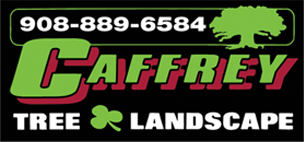Follow Us x
Keep Harmful Pests at Bay
Ask about our pest management services in Scotch Plains, Westfield, Fanwood, Summit, NJ and surrounding areas
Invasive pests can cause physical damage to trees or spread diseases to surrounding vegetation. But without the proper experience, getting rid of pests on your own can be difficult. That's where Caffrey Tree & Landscape comes in. We offer pest management services to customers in Scotch Plains, Westfield, Fanwood, and Summit, NJ. Once we identify the species, we'll make a plan of action.
Whether we need to remove eggs or an entire nest, we've got you covered. Contact us now to learn more about our pest management services.
Learn about the invasive spotted lanternfly
One of the most common invasive pests in our area is the spotted lanternfly. These insects secrete a sticky substance called honeydew that spreads underneath the surface of the tree or plant. This substance will attract and encourage black mold growth.
After we assess the situation, we'll start eradicating the infestation. Reach out to us today to schedule our services.


